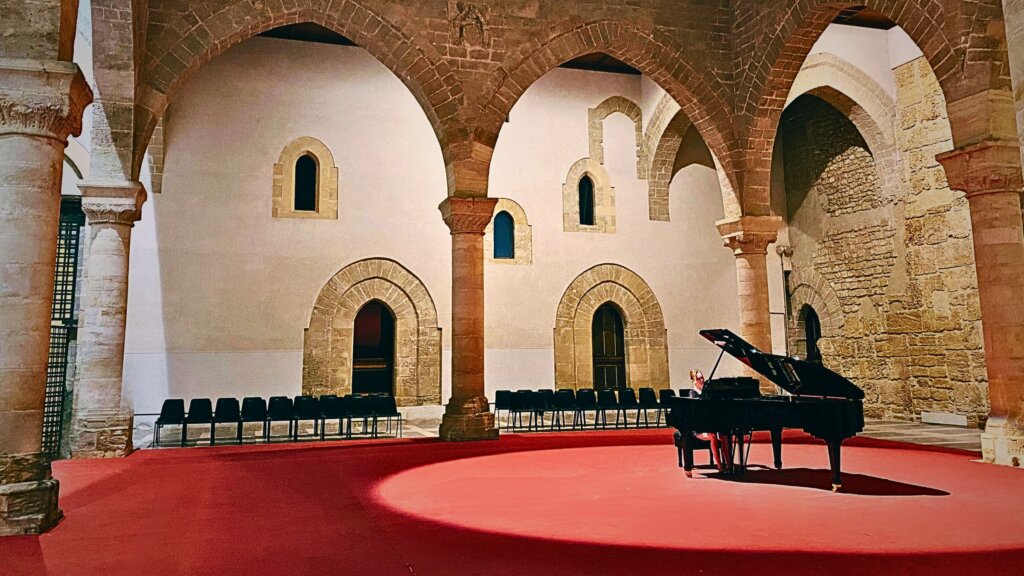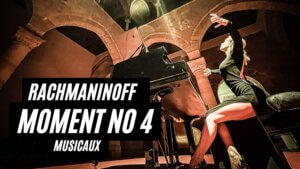
Frederic Chopin Nocturne Op 15 No 3 in G minor
Frederic Chopin Nocturne Op 15 No 3 in G minor
Composed by Frederic Chopin, the Nocturnes introduce bold new harmonic ideas that have impacted subsequent generations of composers. Chopin’s Nocturnes contrast “an idyll of sounds, bright, delicate, and pleasant, illumined by the sun” with “a tempest that erupts suddenly with violence and brute force,” as described by German musicologist Hugo Leichtentritt (1874-1951). According to Franz Liszt, “Chopin, in his poetic Nocturnes, sang not only the harmonies which are the source of our most ineffable delights, but likewise the restless, agitating bewilderment to which they often give rise.”
Chopin´s Nocturnes develop wordlessly like bel canto arias, with the piano taking on the role of a vocal instrument.
Paris was where Chopin wrote Nocturne No. 3, Opus 15 between 1832 and 1833. After seeing Hamlet performed the night before, Chopin wrote this nocturne and gave it the title “At the cemetery,” but he afterwards deleted the inscription, saying, “Let them figure it out for themselves.“
This nocturne stands out from the other two in the series because to its exceptional beauty and sophistication. Honoring the German composer Ferdinan Hiller.
In general, the idea of a nocturne as a genre is to portray the nighttime, and this wonderful nocturne portrays elements of mystery and tense characteristics with the use of contrasting dynamics. Besides that, this masterpiece creates a feeling of an improvisation, as if telling the saddest history of your life to your closest friend.
Despite beginning in G minor, Frederic Chopin quickly and creatively moves away from the home key and reaches the non-related keys such as F# sharp major (in the development section). The religious section (marked as „Religioso“) is absolutely heaven-like, written as a church choral reminiscence.
Click here to watch on YouTube



